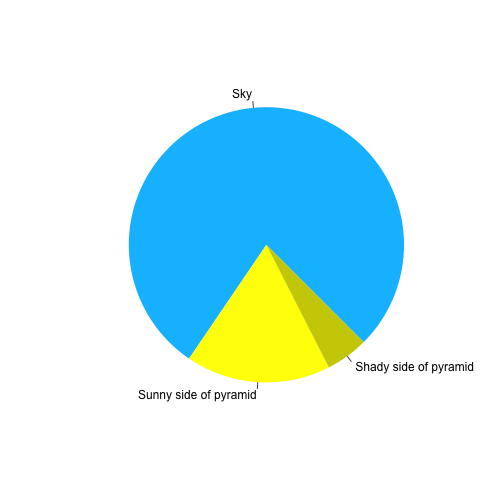Blah Blah New Title
Overview
Teaching: 10
Exercises: 2
Questions
- How do you write a lesson using RMarkdown and
{sandpaper}?
Objectives
- Explain how to use markdown with the new lesson template
- Demonstrate how to include pieces of code, figures, and nested challenge blocks
Introduction
This is the new Carpentries template. It is written in RMarkdown, which is a variant of Markdown that allows you to render code inside the lesson. Please refer to the lesson example for full documentation.
What you need to know is that there are three block quotes required for a valid Carpentries lesson template:
questionsare displayed at the beginning of the episode to prime the learner for the content.objectivesare the learning objectives for an episode displayed with the questions.keypointsare displayed at the end of the episode to reinforce the objectives.
Challenge 1: Can you do it?
What is the output of this command?
paste("This", "new", "template", "looks", "good")Output
[1] "This new template looks good"Challenge 2: how do you nest solutions within challenge blocks?
Solution
You can add a line with at least three colons and a solution tag.
Challenge 3: use sessionInfo() to print the session information of their R instance.
Figures
You can also include figures generated from RMarkdown:
pie(
c(Sky = 78, "Sunny side of pyramid" = 17, "Shady side of pyramid" = 5),
init.angle = 315,
col = c("deepskyblue", "yellow", "yellow3"),
border = FALSE
)
Sun arise each and every morning
Or you can use standard markdown for static figures:
You belong in The Carpentries!
Math
One of our episodes contains \(\LaTeX\) equations when describing how to create dynamic reports with {knitr}, so we now use mathjax to describe this:
$\alpha = \dfrac{1}{(1 - \beta)^2}$ becomes: \(\alpha = \dfrac{1}{(1 - \beta)^2}\)
Cool, right?
Keypoints
- Use
.Rmdfiles for lessons even if you don’t need to generate any code - Run
sandpaper::check_lesson()to identify any issues with your lesson - Run
sandpaper::build_lesson()to preview your lesson locally